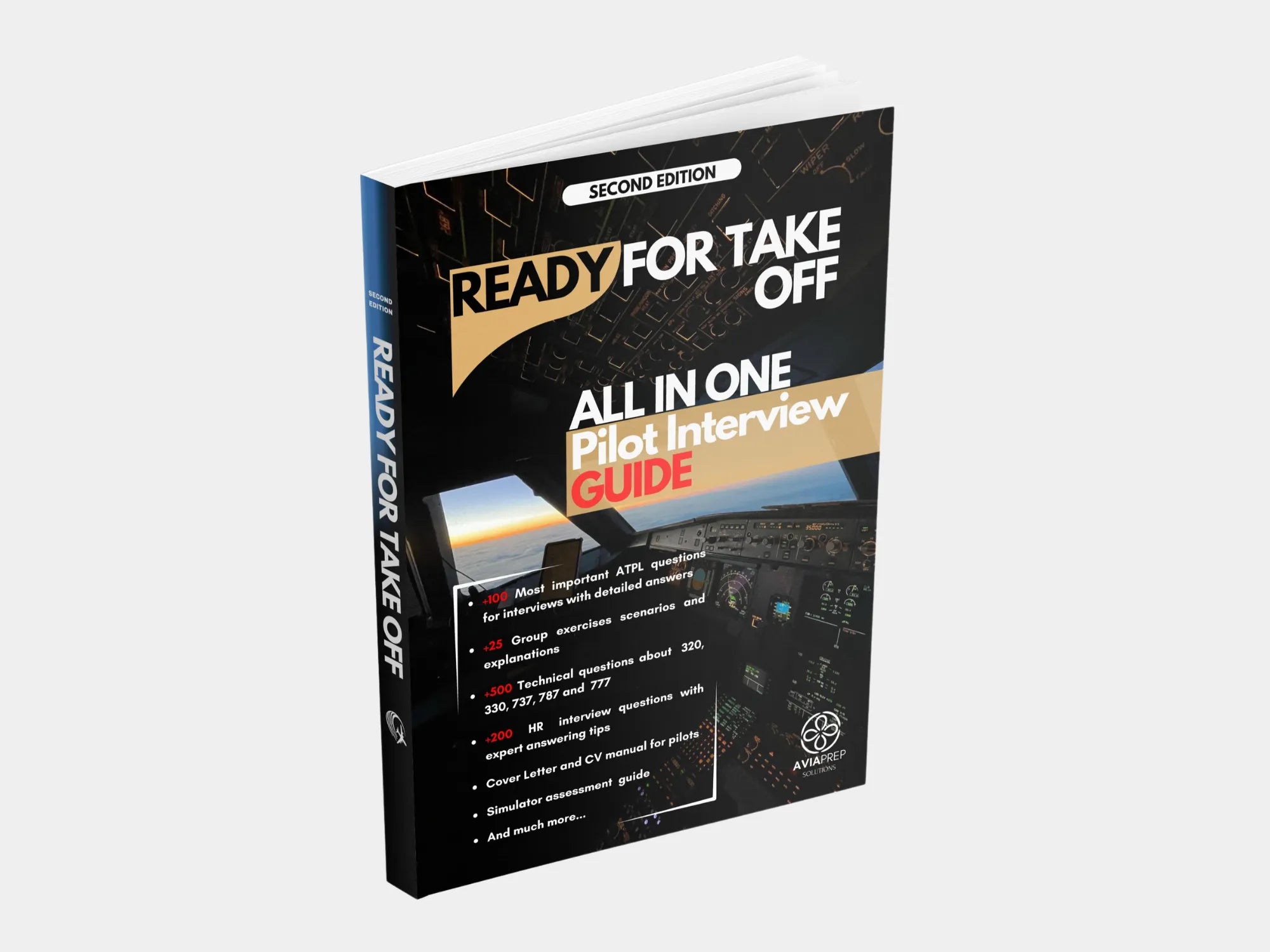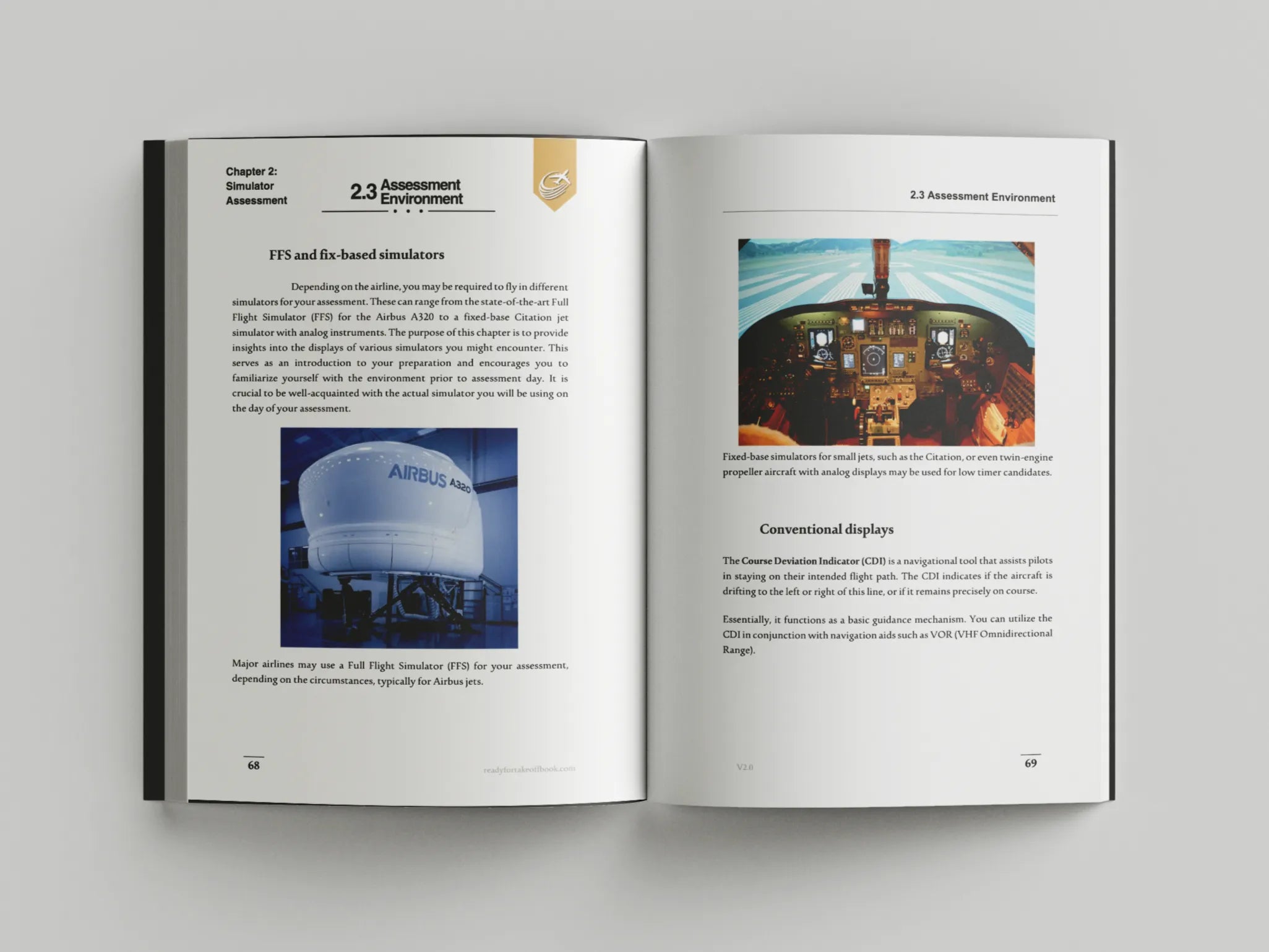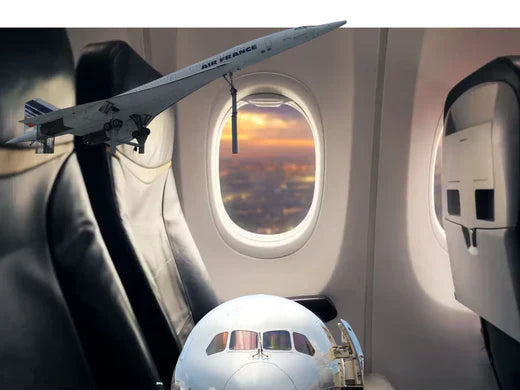Introduction
Virtual Reality (VR) is revolutionizing various industries, and aviation is no exception. As technology advances, the training methods for pilots are evolving, and VR is emerging as a powerful tool in this space. This article explores the advantages and disadvantages of using VR for training pilots, highlights schools adopting this technology, and discusses the potential future of VR in aviation.
The Advantages of Virtual Reality in Pilot Training
Immersive Learning Experience
One of the primary advantages of using VR for pilot training is the immersive learning experience it offers. VR allows pilots to be placed in a highly realistic, 3D environment that closely mimics real-world flying conditions. This level of immersion helps trainees to:
- Experience real-life scenarios: VR enables pilots to practice emergency procedures, landings, and other complex manoeuvres in a controlled, safe environment.
- Enhance situational awareness: Pilots can develop better situational awareness by navigating through various weather conditions, terrains, and air traffic situations, all simulated in VR.
Realism and Practicality
VR technology has advanced to the point where the realism it provides is unparalleled. The high-resolution visuals, combined with precise simulations of aircraft controls and dynamics, make VR a practical tool for pilot training. Key benefits include:
- High fidelity simulation: The realistic portrayal of cockpit environments and flight dynamics helps pilots become used to the aircraft they will eventually fly.
- Repetition without risk: Pilots can repeatedly practice complex or dangerous manoeuvres without the risk of accidents, allowing for better learning outcomes.
Cost-Effectiveness
Traditional pilot training, which involves the use of real aircraft and full-flight simulators, is expensive. VR offers a cost-effective alternative:
- Reduced operational costs: VR systems eliminate the need for fuel, aircraft maintenance, and airspace usage, significantly cutting training costs.
- Accessible training: Trainees can access VR training modules from various locations, reducing the need for expensive travel to specific training centers.
Enhanced Safety and Security
Safety is paramount in pilot training. VR allows for the training of critical scenarios without putting lives at risk:
- Safe simulation of emergencies: Pilots can practice responding to in-flight emergencies, such as engine failures or severe weather, in a completely safe environment.
- Controlled learning environment: Instructors can monitor and guide trainees through simulations, ensuring that learning objectives are met without the pressures of a real flight.
The Disadvantages of Virtual Reality in Pilot Training
Technological Limitations
Despite its benefits, VR technology is not without its limitations. Some of the challenges include:
- Limited sensory feedback: While VR can simulate visual and auditory experiences, it currently lacks the ability to fully replicate the tactile feedback and physical forces experienced during real flight, such as G-forces during manoeuvres.
- Hardware constraints: High-quality VR requires sophisticated hardware that may not be accessible or practical for all training environments, potentially limiting its use.
Initial Investment Costs
While VR can be cost-effective in the long run, the initial investment can be substantial:
- High setup costs: Developing and implementing a VR training program involves significant expenses, including purchasing VR headsets, creating software, and integrating these tools with existing training infrastructure.
- Maintenance and updates: Keeping the VR systems up-to-date with the latest technology and aviation standards requires ongoing investment.
Cybersecurity Concerns
With the increasing reliance on digital technologies, cybersecurity becomes a critical concern:
- Risk of hacking and data breaches: VR systems, especially those connected to the internet, can be vulnerable to cyber-attacks. Unauthorized access to training modules or personal data could have serious implications.
- Dependence on secure networks: Ensuring the security of VR training systems requires robust, secure networks, which can add another layer of complexity and cost.
Schools and Institutions Using VR for Pilot Training
Several aviation schools and institutions have begun incorporating VR into their pilot training programs, recognizing its potential to enhance learning outcomes. For instance:
- Embry-Riddle Aeronautical University: Known for its cutting-edge aviation programs, Embry-Riddle has introduced VR modules to supplement traditional flight training, offering students an innovative way to practice flight procedures.
- Lufthansa Aviation Training: Lufthansa uses VR to train its pilots, particularly for simulating emergency scenarios and cockpit procedures, improving the overall training efficiency and safety.
The Future of Virtual Reality in Pilot Training
The future of VR in pilot training looks promising, with several potential developments on the horizon:
- Increased Adoption: As VR technology becomes more affordable and accessible, more flight schools and airlines are likely to adopt it as a standard part of their training programs.
- Advanced Simulations: Future advancements in VR could include more sophisticated simulations that incorporate physical feedback, such as motion platforms that replicate the feeling of flight.
- Remote Training: VR has the potential to enable remote pilot training, allowing trainees to learn from any location, making pilot training more accessible globally.
- AI Integration: The integration of Artificial Intelligence (AI) could lead to more personalized training experiences, with AI-driven simulations adapting to the individual needs and progress of each pilot.
While there are challenges to overcome, the potential benefits of VR in pilot training suggest that it will play an increasingly important role in the future of aviation.
FAQs
1. Can virtual reality completely replace traditional pilot training?
No, while VR is a valuable tool, it is unlikely to completely replace traditional training methods. Real-world flying experience is still crucial for developing the skills and confidence needed to operate an aircraft safely.
2. How does VR compare to traditional flight simulators?
VR offers a more immersive and cost-effective experience compared to traditional flight simulators. However, traditional simulators still provide more accurate tactile feedback and are better suited for certain aspects of pilot training.
3. What are the main challenges of using VR for pilot training?The main challenges include the high initial investment costs, technological limitations (such as lack of full sensory feedback), and cybersecurity concerns.
4. Which airlines or aviation schools are using VR in their training programs?
Embry-Riddle Aeronautical University, and Lufthansa Aviation Training are some of the leading institutions that have integrated VR into their pilot training programs.
5. Is VR pilot training safe?
Yes, VR pilot training is safe as it allows trainees to practice in a controlled environment without the risks associated with real flight. It enables the simulation of emergency situations without endangering lives.
6. What is the future of VR in aviation?
The future of VR in aviation looks bright, with potential advancements in AI integration, remote training, and more sophisticated simulations that could further enhance pilot training programs.
Conclusion
Virtual Reality is proving to be a game-changer in pilot training, offering an immersive, cost-effective, and safe alternative to traditional methods. While there are challenges to overcome, including technological limitations and cybersecurity concerns, the advantages of VR are significant. As more institutions adopt this technology, and as VR continues to evolve, it is set to play a crucial role in shaping the future of pilot training in the aviation industry.
























